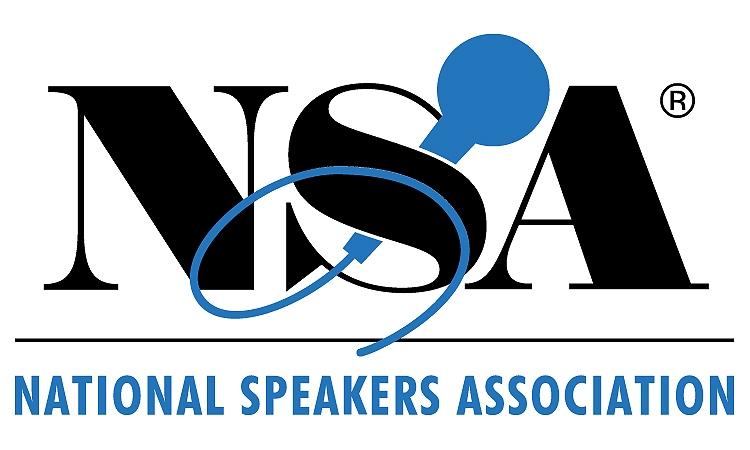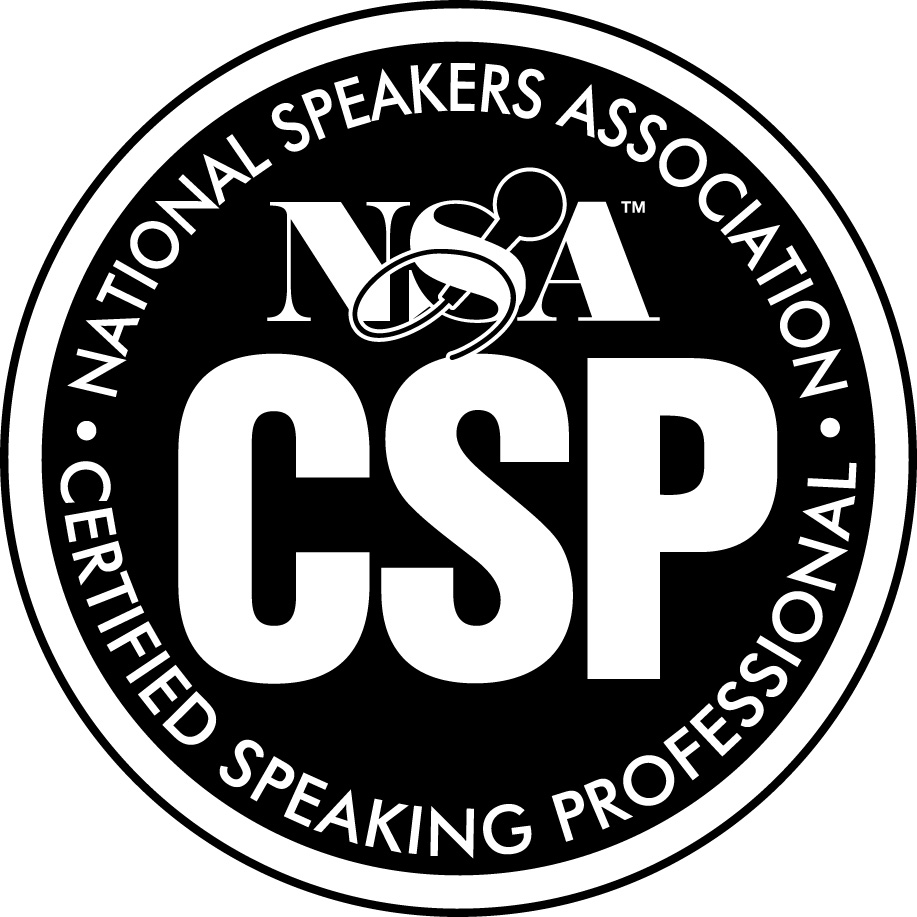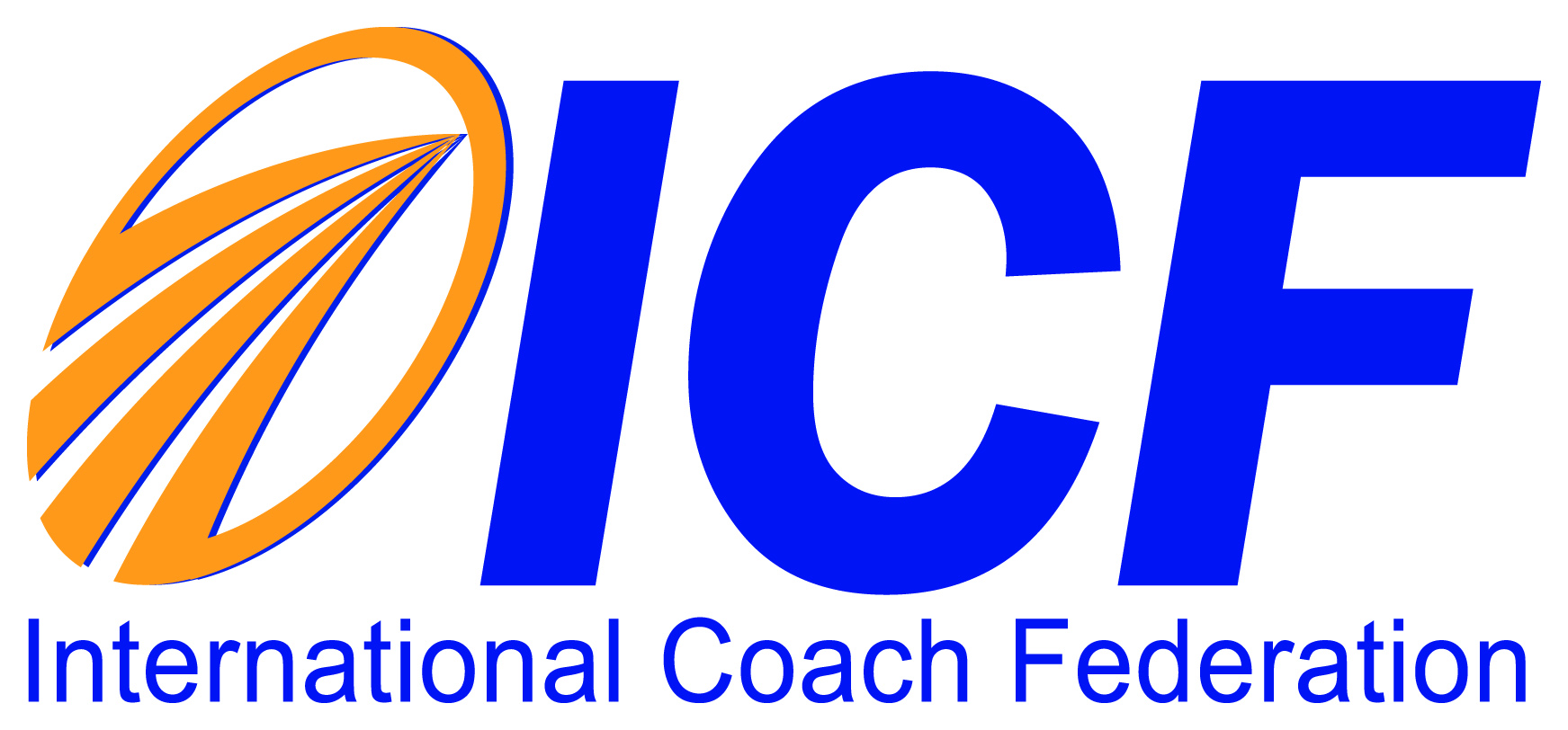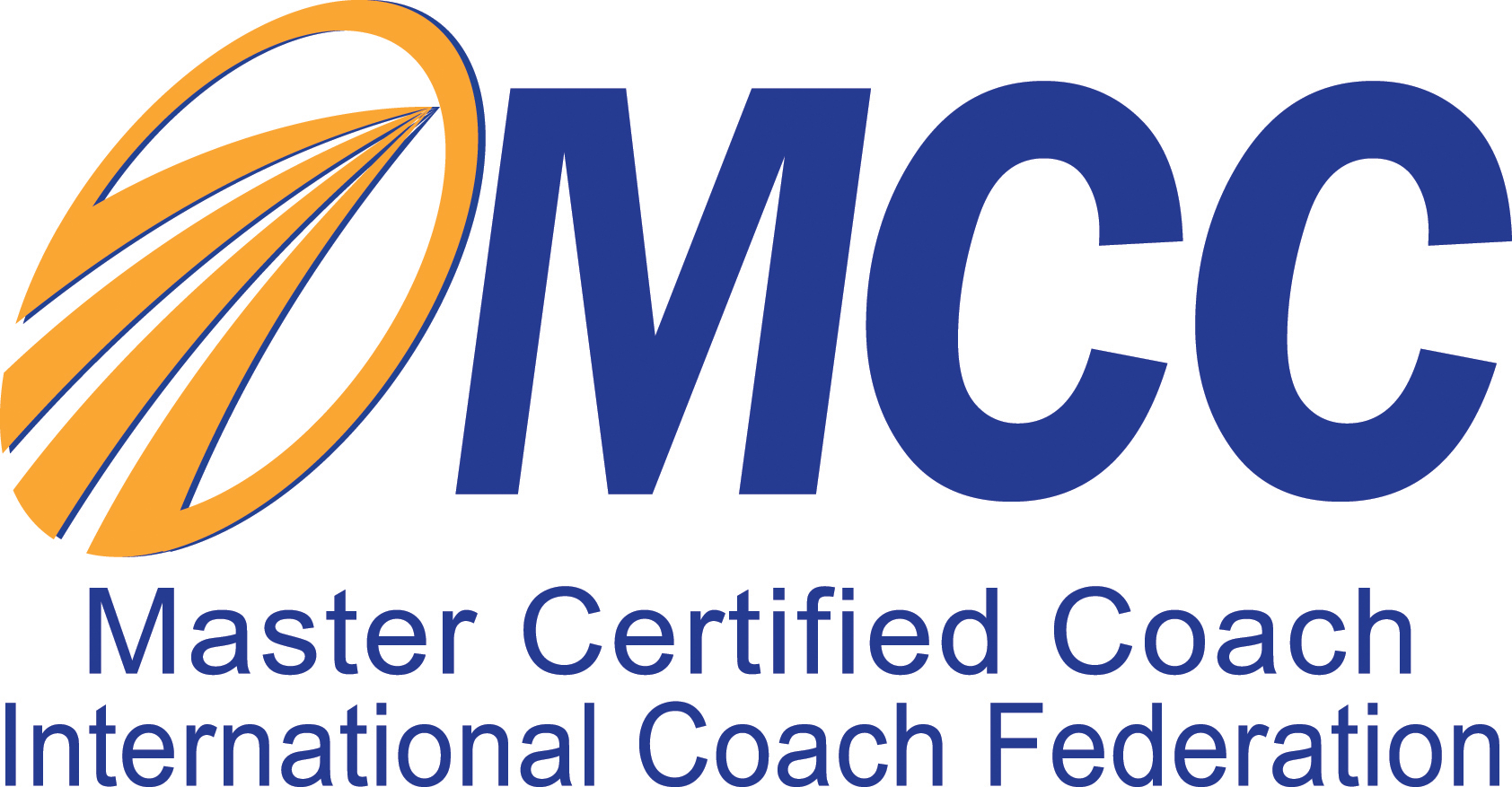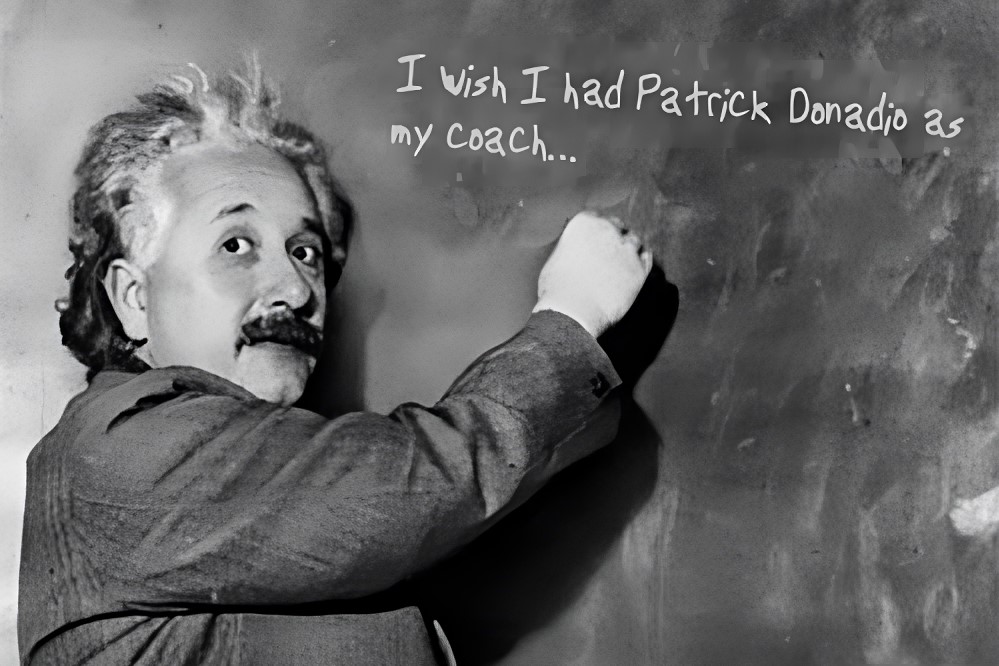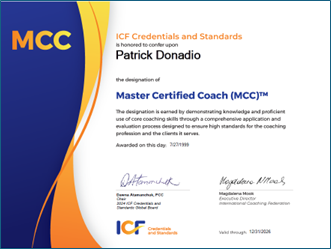Coaching
Let Patrick guide you to the next level and make a lasting IMPACT!
- Do you want to increase engagement/retention and elevate performance by improving leadership communication?
- Would you like to boost your confidence and improve your conversations, speeches, and presentations?
- Are you interested in improving the organization and delivery of your board, team, and committee meetings?
- Do you want to be better prepared to handle media interviews, global video conference calls, podcasts, etc.?
Patrick’s coaching will help you become a more confident, persuasive, engaging, entertaining, and effective leader and communicator.
“Patrick’s coaching was extremely valuable. He quickly targeted and addressed the conscious and unconscious challenges that have been limiting my effectiveness.” – Coaching Client

Professional athletes have coaches to help them perform at their best. And so can you!
With professional coaching, you can receive objective guidance tailored to your unique needs and goals. Patrick Donadio, a Master Certified Coach (MCC), offers a confidential coaching program to help you visualize where you want to be, identify the necessary steps, and unleash your inner motivation to get there.
For over twenty years, Patrick Donadio has been coaching and advising leaders and organizations on how to communicate more effectively. With his coaching, you can become a more confident, engaging, inspiring, persuasive, entertaining, and effective communicator.
Patrick has worked with individual leaders and organizations on longer-term projects. He has coached C-Suite Leaders (CEO, CFO, and COO), Executive Vice Presidents, Senior Vice Presidents, and their Teams at a $12 billion Fortune 500 company, as well as a Vice President of Sales and their Team at a $290 billion Fortune 100 company. He has also worked with Leadership Teams at numerous nationally accredited cancer centers, to name a few.
Patrick works with executives at all levels of management to enhance and improve their communication skills, thereby boosting productivity and revenues. He can help you and your leaders strengthen leadership discussions, speeches, and presentations; as well as board meetings, international video conference calls, marketing and sales communication, media interviews and podcasts, and other similar activities.
Here is more about Patrick’s coaching programs and an overview of his coaching process:

Coaching Programs Available:
- Jump-Start – Coaching session(s) to help people get ready for the delivery of a specific presentation or event.
- Activation –This short-term package is available to help leaders improve the way they deliver information to others.
- Momentum Program –Three-month program is available to help leaders improve the way they communicate or present with others.
- IMPACT Program – Three to Six-month program is available to help leaders improve the way they communicate or present with others. Includes coaching retainer for brief check-ins between sessions
- TRANSFORM Program – Three to Twelve-month program is available to help leaders improve the way they communicate and present information with others. Includes coaching retainer, quarterly debriefing sessions, and 45-day follow-up sessions to extend the learning.
Coaching Program Process
Learning new skills and behaviors takes time, which is why I use a process-oriented approach to coaching. My comprehensive coaching programs include a before, during, and after approach that ensures attendees can take what they learn and put it into practice. This process approach ensures long-lasting results and a higher return on investment.
My professional development process is based on the concept of process learning, which differs from event learning. Event learning is a “one-time event” where you learn a new technique that is not integrated into your processes, leading to a lack of sustainable learning and behavior change, which leads you right back into the quagmire of the status quo.
On the other hand, process coaching and training are used to train pilots, doctors, and military specialists to become experts. It involves refocusing at a progressively deeper level of understanding and proficiency until you become masterful at it.
During my coaching program, clients can choose to meet with me in person, virtually, or a combination of both. Together, we’ll identify critical competencies and work towards achieving mastery.
Coaching Objective
I will work with the coaching client on 4 critical areas:
Vision: Clarify in what direction the client is heading and make sure it is where you want them to go.
Roadblocks: Identify what is going to stop the client from getting there.
Strategies: Tools and techniques to help make this vision a reality and overcome any challenges and/or obstacles.
Action: Develop a written action plan to help the client get started, take the action necessary to move toward their vision, stay on track, and learn from their mistakes.
Coaching Expectations
Coaching works best when the client actively participates and assumes primary responsibility for their success. If so, the client can expect results.
Coaching Process
Remember, we will customize a program to the coachee’s specific needs. The specifics of the coaching program depend on the needs of each person. Below is a sample of what the process might look like.
PHASE I – Assessment
I start the one-on-one coaching process by doing a series of assessments including:
- Personal Interviews with the immediate Supervisor of the Coachee to identify the reason and goals for bringing me in to coach this person. (If it is a CEO I might interview board member(s))
- Conduct a “360 Needs Assessment”. I could interview the supervisor, the coachee, a sample of their peers, direct reports, and/or co-workers. This can be done in person, by phone, and/or by a written survey.
- Conduct a “Communication Behavioral Profile”(DISC) to identify the behavior style of the coachee. This helps me determine the best approach to coaching this person
PHASE II – Coaching Program Development
Next, we specifically review the assessment results and begin to identify the top 3 personalized outcomes to build the coaching program around.
PHASE III – Coaching Program Delivery
Finally, through a series of coaching sessions, we focus on the results we identified in the assessment phase and move the coachee toward the desired outcomes.
The sessions are usually held every two weeks to allow time for development to occur. Here is a sample of how the sessions might look.
(Sometimes I combine two sessions into a “Mega Session” if need be):
Session 1 – Review the DISC Communication Style Profile, share feedback from the assessment research, identify/discuss the three outcomes, create benchmarks (videotape, inventory, etc.), discuss journal keeping, etc.
Session 2 – Firm up the three outcomes, discuss journal notes from the previous week’s activities, begin working on one of the outcomes, and assign homework to be completed in between sessions.
Sessions 3, 4, 5… – Start each session by discussing journal notes, debriefing the past weeks’ experiences, and reviewing homework. Then we spend time focusing on the three specific outcomes, teaching/fine-tuning behaviors/skills to move closer to the desired outcomes. I use videotaping, assessments, and homework to help the client practice the newly learned skills/behaviors in between sessions.
Final Session
Wrap up professional development, review learned skills, have the client present a “final project,” and develop a six-month action plan to help them continue working on the three outcomes.
PHASE IV – Post-Coaching Action Plan
The last phase of the coaching is to develop an “action plan” to help the coachee continue to achieve the outcomes established for the coaching project. This includes a 60-90 day follow-up coaching session (by phone or in person) to keep the momentum going.
The Investment
Call for details on the various coaching packages and investment for Coaching Services
The investment for the coaching process normally includes the following:
- The Communication Behavior Profile – 20-page computer-generated report
- The Needs Assessments Process
- Two Coaching Sessions per month (customized around the three specific outcomes we identified)
- Observations Sessions (where appropriate)
- Coaching Retainer – brief check-in calls/e-mails between sessions. I am on call to help the client change their behavior and achieve their goals
- All coaching materials – inventories, handouts, worksheets, templates, surveys, articles…
- Brief check-in calls/e-mails between sessions. I am on call to help the client change their behavior and achieve their goals
- Quarterly Debriefing Sessions
- Development of an “Action Plan” to help the client continue to work on the outlined areas
- A “Bonus Session” – 45-60 days after the last session. I include a follow-up check-in session to see how a client is progressing.
Book Patrick to Engage and Impact Your Group
Connect with Patrick
